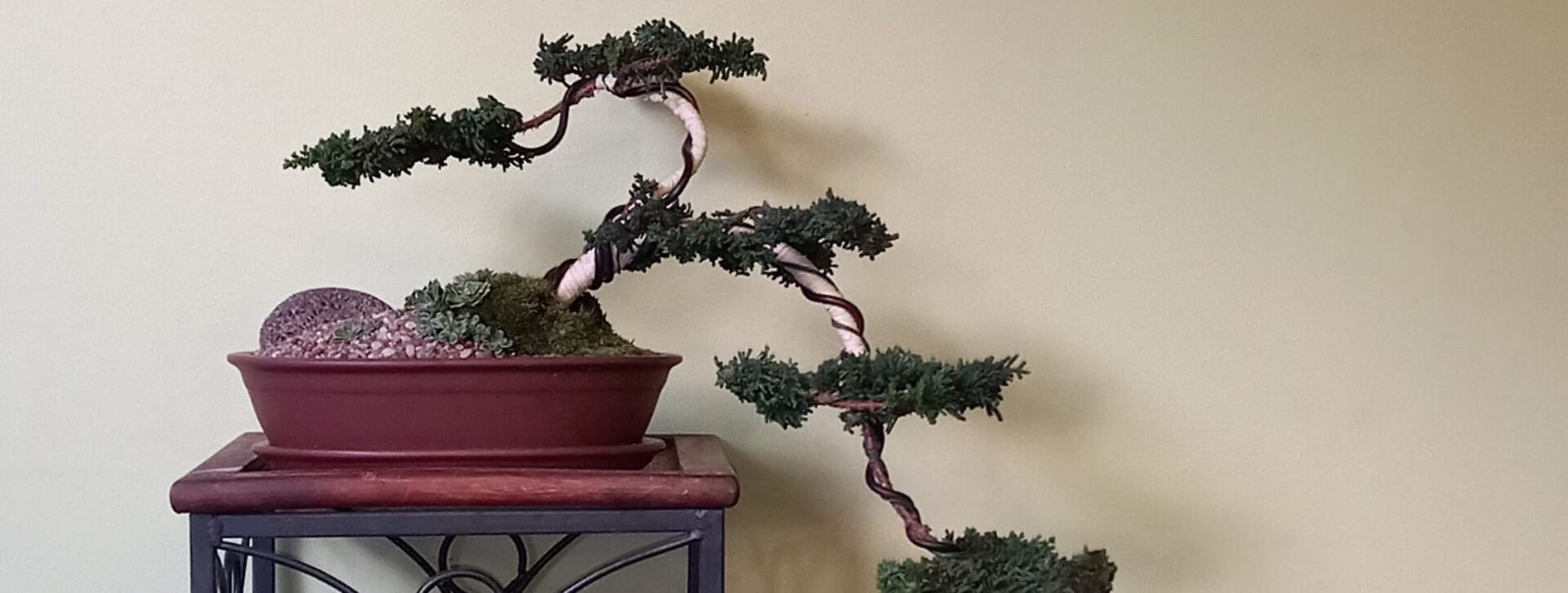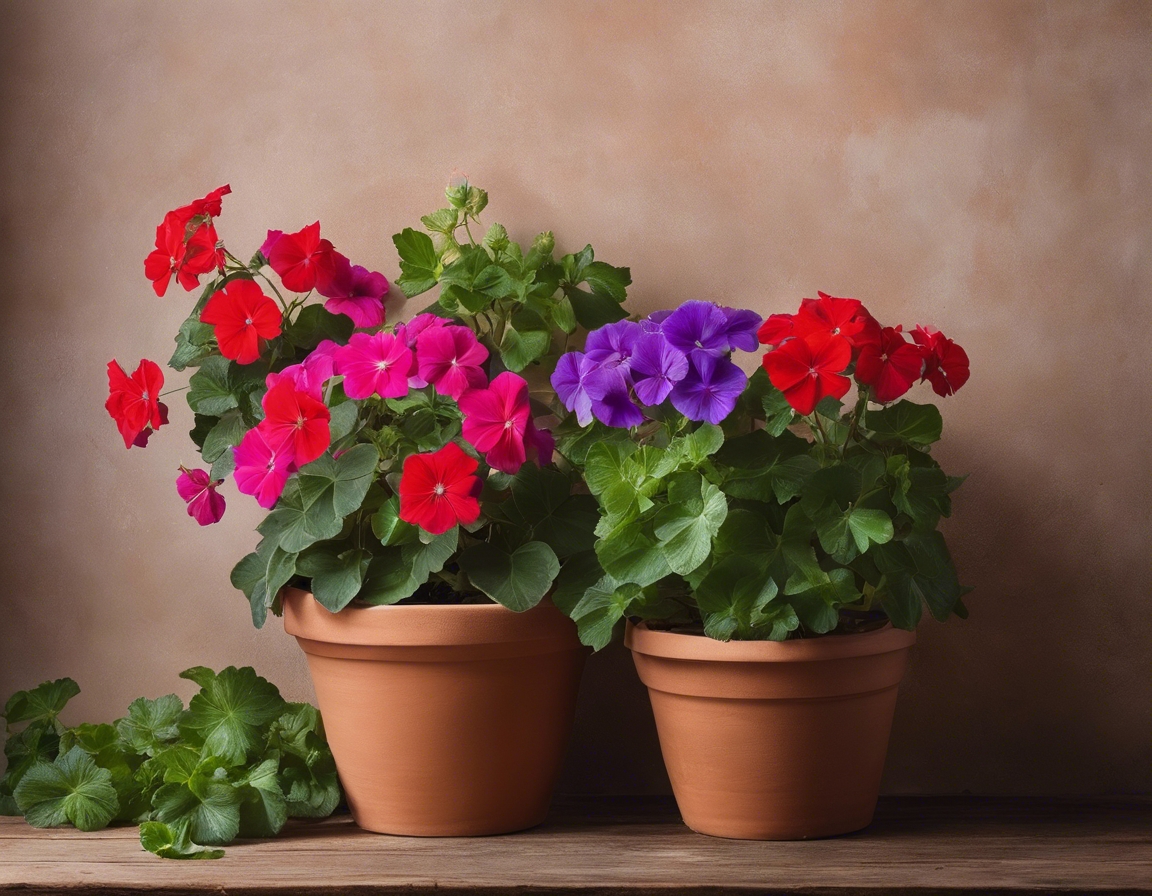The ultimate guide to caring for your bonsai tree
Bonsai, the Japanese art form dating back over a thousand years, is rooted in the ancient traditions of Asian culture. The practice involves cultivating miniature trees that mimic the shape and scale of full-size trees. Through careful pruning and maintenance, bonsai trees become living sculptures, symbolizing harmony, patience, and the passage of time.
There are various styles of bonsai, including formal upright, informal upright, cascade, semi-cascade, and more. Each style presents its own unique aesthetic and set of care requirements.
Selecting Your Bonsai Tree
When choosing a bonsai, consider the species, size, age, and the style that resonates with your personal taste and the conditions of your living environment.
Bonsai trees can be purchased from nurseries, garden centers, and specialty bonsai shops. Ensure you're buying a healthy tree by examining it for any signs of distress or disease.
Essential Bonsai Care Tips
Bonsai trees require adequate sunlight to thrive. Position your tree where it will receive consistent, indirect light throughout the day.
Watering is crucial to bonsai care. The goal is to maintain moist soil without waterlogging the roots. Check the soil daily and water as needed.
The right soil mix and regular fertilization are key to a healthy bonsai. Use a soil mix designed for bonsai trees and fertilize during the growing season.
Pruning is essential to maintain the miniature size and to shape your bonsai. Learn the proper techniques to prune your bonsai effectively.
Repotting is necessary to prevent root-bound conditions and to replenish nutrients in the soil. This should be done every few years, depending on the growth rate of your bonsai.
Common Bonsai Pests and Diseases
Keep an eye out for signs of pests or diseases, such as discolored leaves or stunted growth. Early identification is key to managing these issues.
Preventive care, including proper watering and positioning, can help avoid many common problems. If pests or diseases occur, treat them promptly with the appropriate methods.
Seasonal Bonsai Care
In spring, focus on repotting, pruning, and beginning fertilization as new growth appears.
During summer, maintain consistent watering and protect your bonsai from extreme heat.
Autumn is the time to reduce fertilization and prepare your bonsai for the dormant winter period.
Winter care depends on the species of your bonsai. Some may need protection from freezing temperatures, while others may be more resilient.
Advanced Bonsai Techniques
Wiring is a technique used to shape and direct the growth of branches. This requires patience and careful monitoring to avoid damaging the tree.
For those looking to elevate their bonsai practice, creating a landscape or 'saikei' can be a rewarding project. This involves arranging multiple trees and features to create a miniature landscape.






Comments (0)